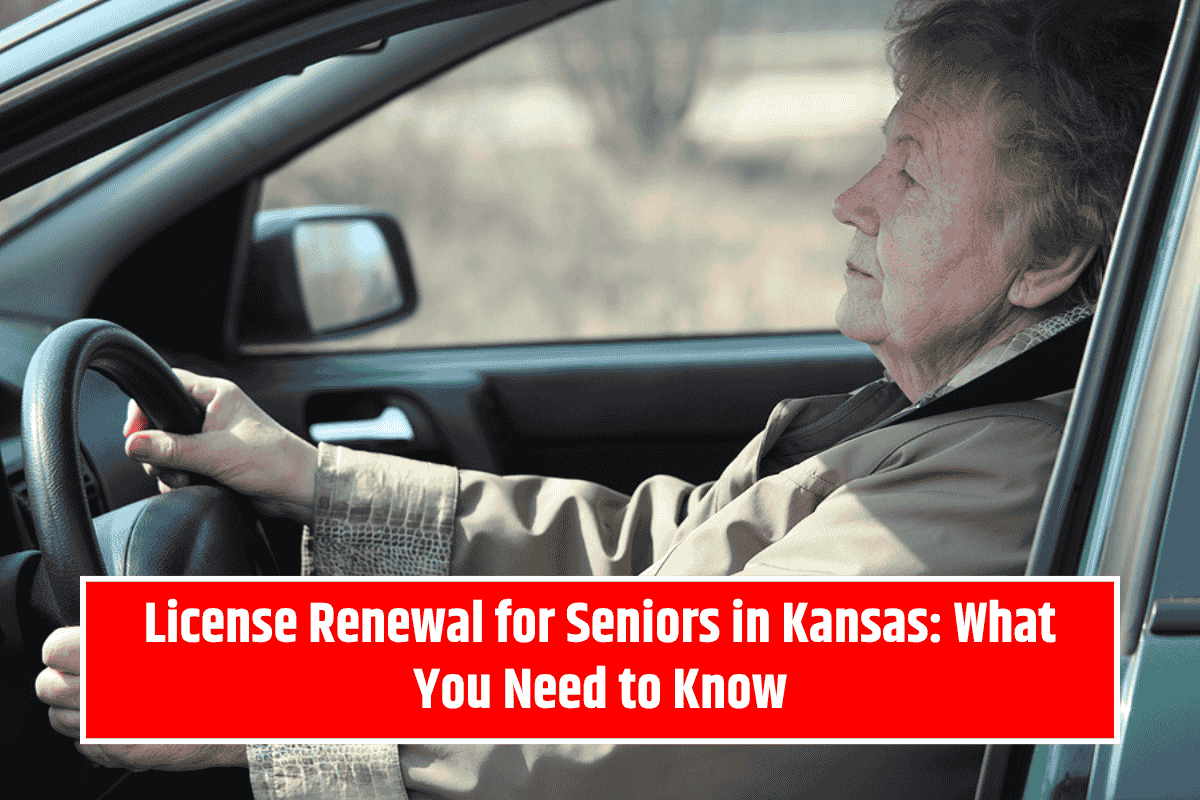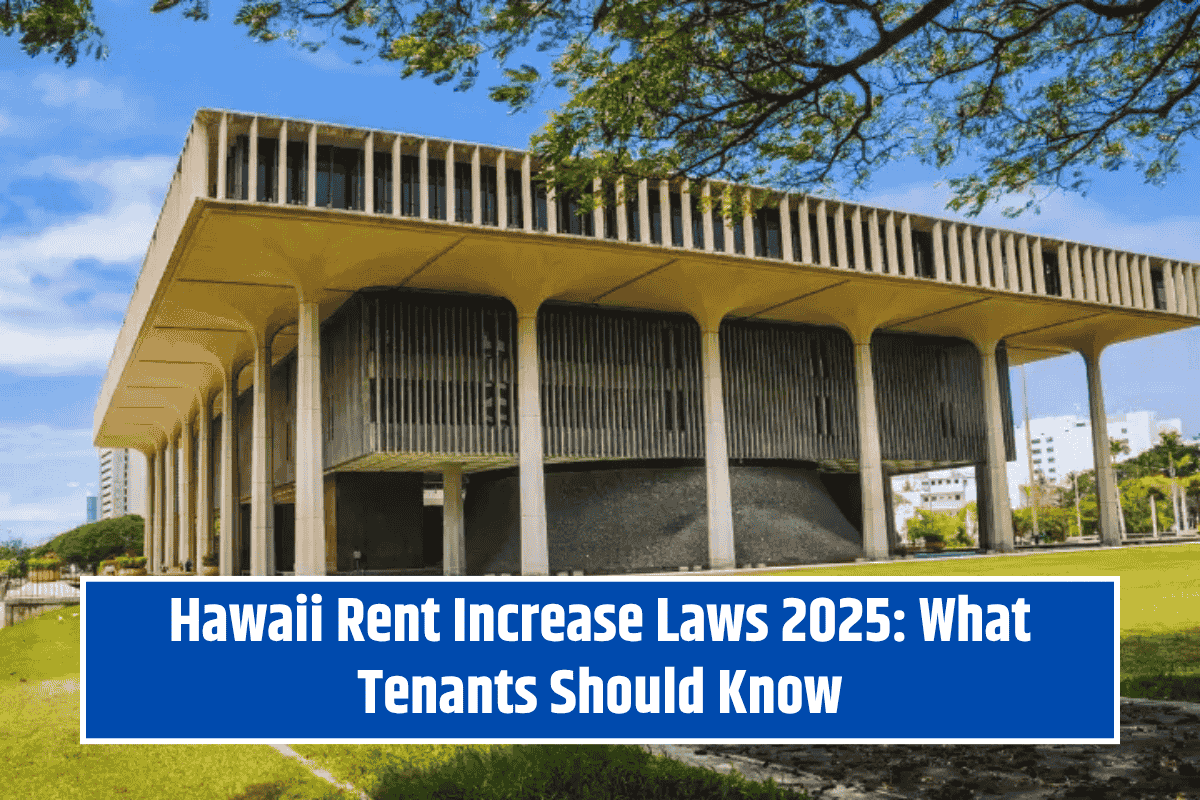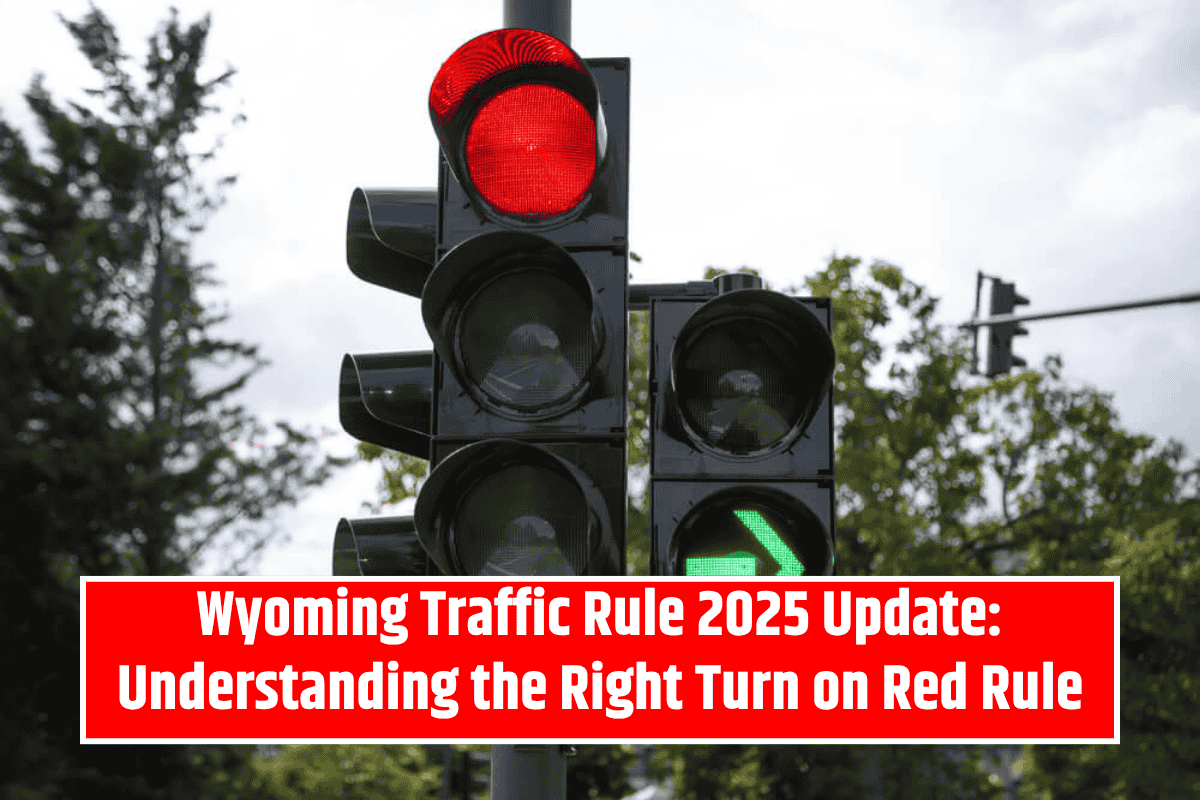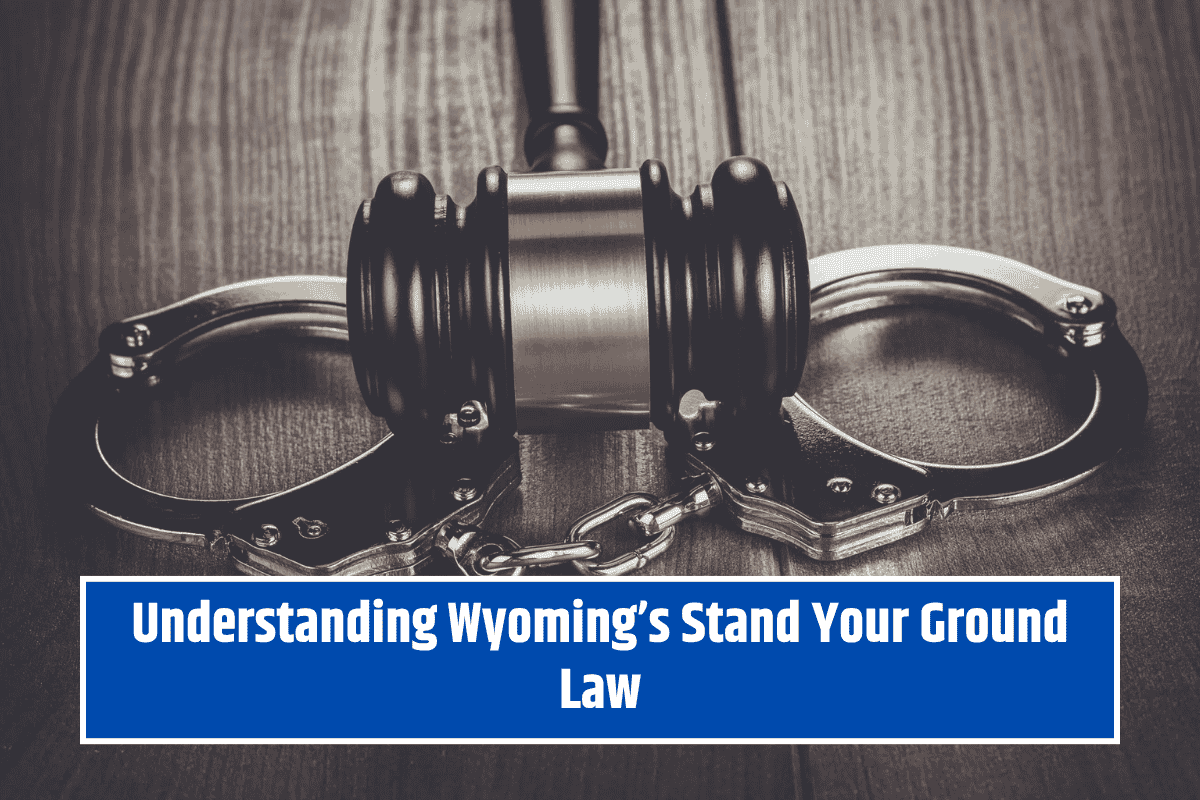In Kansas, the state has put specific rules in place to ensure that older drivers remain safe while driving. These rules mainly apply to drivers aged 70 and above, focusing on maintaining their abilities and ensuring they can handle the challenges of the road. From license renewals to restrictions and how to report unsafe drivers, this guide will cover everything you need to know about driving in Kansas as an older driver.
License Renewal Rules for Older Drivers
Kansas has specific requirements for drivers who are 70 years and older when it comes to renewing their driver’s licenses. These rules are meant to confirm that older drivers are fit to drive and able to safely operate a vehicle.
Renewal Process
If you’re 70 or older, you must renew your driver’s license in person every 4 years. The process includes:
- Vision Test: A vision test is required, which can be completed either by the Kansas Division of Vehicles (DMV) or by an ophthalmologist or optometrist. If you choose an outside provider, they must complete a Vision Form within 90 days of your renewal request.
- Written Test: A written test is required for drivers aged 70 and above when renewing in person.
Road Test
A road test may be necessary if there are concerns about a driver’s abilities or signs of impairment. This is not a routine requirement but can be imposed if deemed necessary by the DMV.
Possible License Restrictions
Kansas also offers the option to add certain driving restrictions to a driver’s license to ensure safety. These restrictions can be imposed by a doctor or a license examiner. Common restrictions for older drivers may include:
- Corrective Lenses: If the driver needs glasses or contact lenses to drive safely.
- Daylight Driving Only: If the driver is unable to drive safely at night.
- No Interstate Driving: Restrictions may apply for drivers who have difficulty with highway speeds or complex driving environments.
- Limited Driving within Specific Areas: Restrictions could include driving only within city limits or a specific business area.
- Mileage Restrictions: Some drivers may be restricted to driving no more than 30 miles from their home.
- Need for Additional Mirrors or Mechanical Aids: Some drivers may need additional mirrors or special devices to help them drive safely.
- Automatic Transmission: In some cases, a driver may only be allowed to drive vehicles with an automatic transmission.
Reporting an Unsafe Driver
If you believe someone has become unsafe to drive, you have the option to report them to the Kansas Division of Vehicles (DOV). The DOV accepts requests for investigations into unsafe drivers, which could lead to an assessment of the driver’s abilities or even license revocation if necessary.
How to Get a License Reinstated
If your license has been suspended or revoked in Kansas, you must contact the Driver Control Bureau to find out the steps required for getting your license reinstated. Depending on the circumstances, this process may involve completing certain requirements or paying fees to regain driving privileges.
Parking Placards and License Plates for Disabled Drivers
Kansas provides parking placards and license plates for drivers with disabilities. To qualify, the driver must have a significant disability or impaired mobility. Eligibility criteria include:
- Severe visual impairment
- Inability to walk 100 feet without resting
- Use of mobility aids such as a wheelchair or cane
- Severe lung or cardiac conditions
- Certain neurological or orthopedic conditions
Steps to Apply for Disabled Parking:
- Complete the Certification of Disability form.
- Have a licensed medical professional sign the form.
- Submit the form to the local county treasurer’s motor vehicle office.
Kansas Driving Tips for Seniors
The Kansas Division of Vehicles (DOV) provides helpful driving tips for seniors through the Kansas Driving Handbook, which is available on the DOV website. This guide offers useful advice to help seniors stay safe on the road, including tips on vision, reaction times, and vehicle maintenance.
Kansas has set up several rules and regulations to ensure that older drivers stay safe on the road. These include mandatory in-person license renewals, vision tests, written tests, and the possibility of driving restrictions. Additionally, the state offers options for reporting unsafe drivers and provides parking permits for disabled drivers. Staying informed about these rules and using the resources available can help older drivers maintain their independence while also ensuring the safety of themselves and others on the road.













Leave a Reply